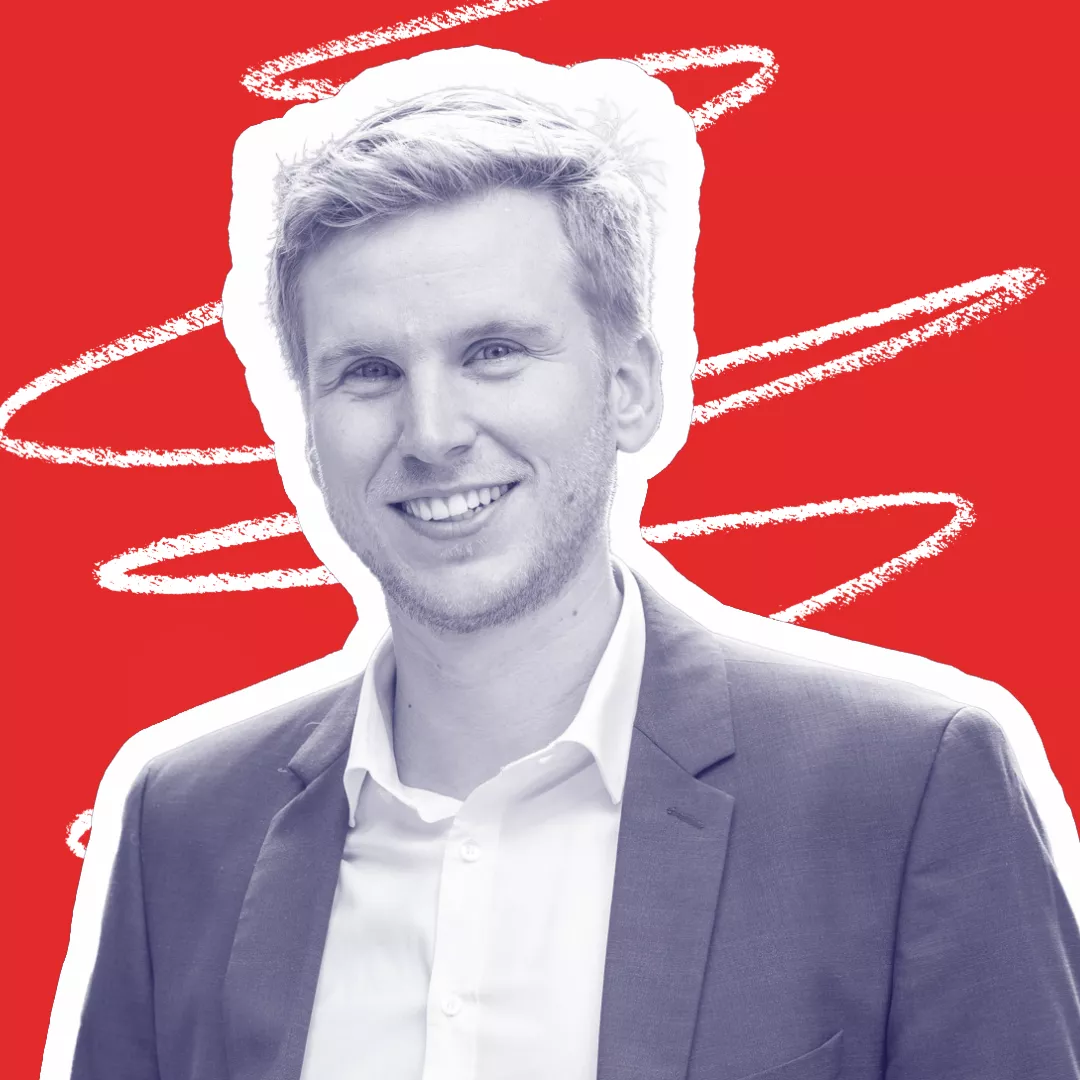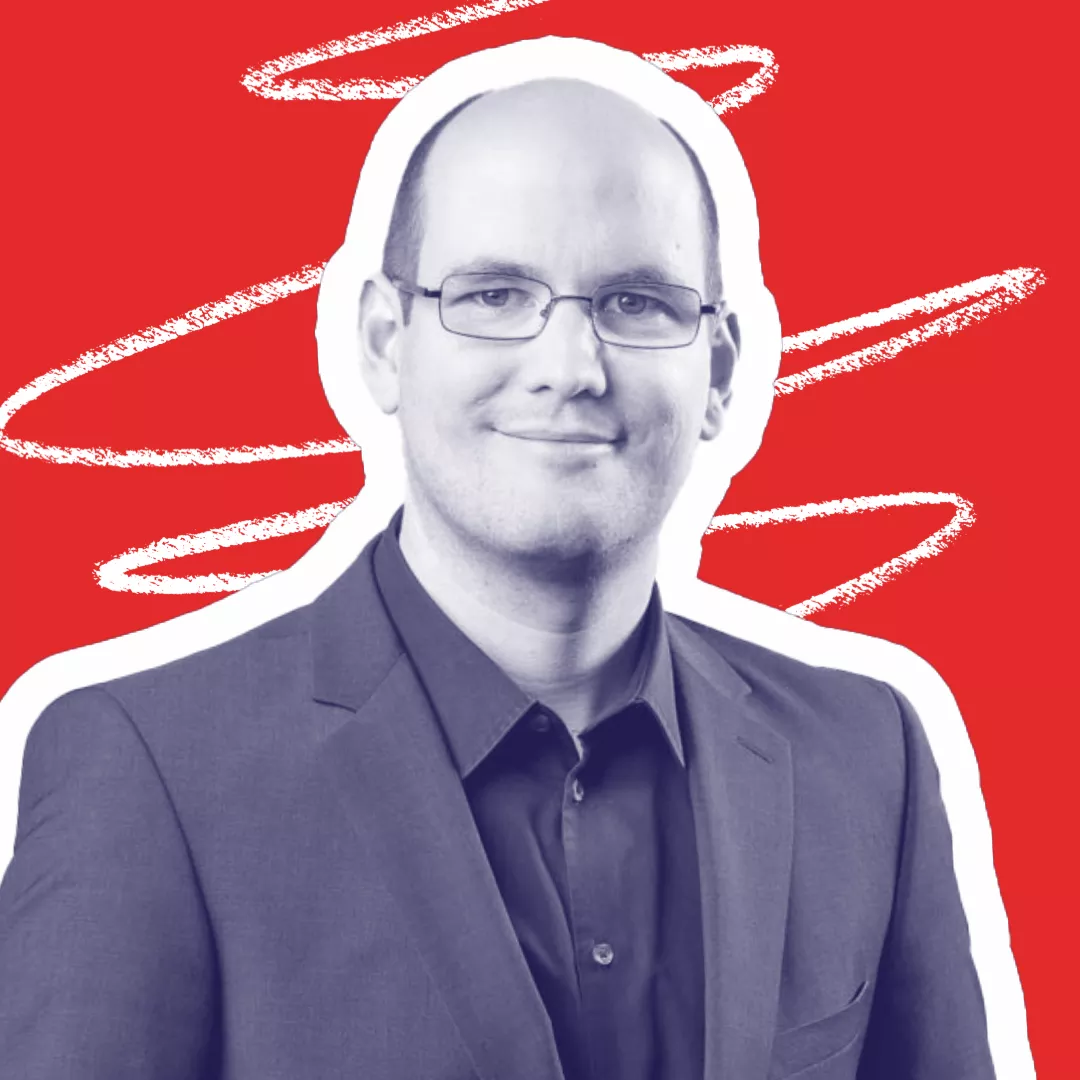Safety in engineering: How our specialists prevent extreme scenarios
Safety engineers have to take many things into account to protect human life and property in the event of an emergency. Here, four Gruner employees specialised in building construction management, fire safety, hydraulic engineering and construction site safety explain what they look out for during the design phases and how they experience their field.
Fire safety
Manuel Eisele, Head of the Fire Safety department: “We are a fire safety octopus that has its tentacles everywhere”
The primary focus of every fire safety project is personal safety and therefore the evacuation of the building. This means, how can people leave the building in time in the event of a fire? How many stairwells are needed? How far is it to get there? “These are just a few examples of what we look for when we first receive the design from the architects,” says Manuel Eisele, Head of Fire Safety Northwestern Switzerland at Gruner. This is done as early as possible in the planning process so that an ideal solution can be found in terms of design and aesthetics. Throughout the various planning phases, fire safety is in contact with many parties: “We are actually a fire safety octopus, because we have our tentacles everywhere,” says Eisele. The aim is to find an ideal solution for everyone, such as the client, sub-division planners and the authorities. “Communication in the right place at the right time is essential here,” says Eisele, explaining his formula for success. It is also an advantage to have a basic knowledge of the various specialist areas. This allows you to better empathize with the various stakeholder groups, which in turn contributes to positive communication. Due to the increase in complex and existing buildings, innovative and creative solutions are increasingly in demand. This is because the planned escape routes or occupancy cannot always comply with official standards. “Calculated verifications can be a solution here,” says Eisele. His team uses simulations to calculate whether, for example, longer escape routes or a higher occupancy rate will still allow everyone to leave the building in time in the event of a fire. New fire safety regulations will be published in 2026. “The new regulations will increasingly require such risk-based approaches”. For Eisele, one thing is clear: “Fire safety is firmly anchored in the construction industry and will always play a central role simply because of personal safety.”
Selected references
pRED Research Center Basel / Buildings 4-7 ZKB / Zurich Cantonal Bank Swiss Life Arena
Activate subtitles in the respective language (DE, EN or FR) via the gear icon.
Occupational and construction site safety
Andrea Ley, specialist for occupational and construction site safety: “Construction sites are not like something out of a picture book”
According to SUVA, over 50,000 accidents occur on construction sites in Switzerland every year, well over 1,000 of which result in work absences of more than three months. Early planning of suitable measures is therefore important to ensure safety on construction sites. “This doesn't necessarily mean a lot of cost or effort,” says Andrea Ley, a specialist in construction site and occupational safety at Gruner. The individual circumstances on the construction site are fundamental when assessing the safety measures to be taken: “Construction sites are not like something out of a picture book”. Fixed storage areas and clear work coordination between the various trades involved could, for example, be taken into account even more during design. “These are simple tools to avoid frequent accidents.” Because everyone involved is aware that where there is disorder and chaos, the risk of accidents is also significantly higher. From a design perspective, you have to find a balance between adhering to guidelines and “common sense”. “Building purely according to safety regulations is practically impossible, then we could shut down all construction sites.” The rules are not always realistic. Ley is constantly in a balancing act between what is legal and what is legitimate. The increasing cost and time pressure in the industry is increasingly challenging Ley's work. Good project examples, on the other hand, prove that it pays to invest in security. “For me, a project is successful if I have been able to take people along with me in the process.” Ms. Ley will be hostinga new Gruner training course on occupational and construction site safety for external participants from Autumn 2024.
Further information
Activate subtitles in the respective language (DE, EN or FR) via the gear icon.
Safety for companies, infrastructure and major events
Stephan Gundel, expert in safety for companies, infrastructure and major events: “People are much more aware of the dangers today”
The Love Parade in Duisburg in 2010, 9/11 and the attack on the Bataclan in Paris: such serious events marked a new era in risk perception and established a new set of security standards. “People are much more aware of the dangers today,” says Stephan Gundel, security expert for companies, infrastructure and major events at Gruner. He attributes this to the increasing uncertainty in the world due to many conflicts, direct media coverage of security-related events and increased prosperity in Western Europe. “In contrast to the past, people have much more to lose. As a result, they perceive risks differently and are also more willing to invest in security measures.” In the design phases of a project, the first step is to clarify the boundary conditions: What dangers threaten in the individual case and what protection goals does the client want to achieve? Based on this, security measures are developed and implemented. These are based either on Swiss or foreign guidelines and regulations and, if there is no normative basis yet, on scientific sources or experience reports. In addition to technical expertise, legal, organizational and psychological knowledge is required. “It's actually a cross-sectional function that requires a lot of experience as well as solid training,” says Gundel. It is particularly important to plan in a proportionate and practicable way at all times. The top credo: “We communicate the basics, measures and residual risks clearly and transparently so that everyone involved in the project is talking about the same thing. In view of the current geopolitical situation, topics such as corporate espionage and information protection are particularly in vogue. In addition, the importance of technologization, keyword 'artificial intelligence', and the combination of physical and virtual risks will increase in the future. “In the past, criminals had to spend a long time observing a crime scene, for example, but today they get the information they need from open sources on the internet and, if necessary, targeted hacking.” This makes safety engineering design more complex, but also offers more opportunities. Security technology is also becoming increasingly autonomous and independent, for example through drones in the area of site and infrastructure surveillance.
Water management
Michael Aggeler, Head of the Water Department: “Experience and common sense play an important role in determining the relevant hazard scenarios”
1987 was the year that shaped flood protection in Switzerland. Since that massive Swiss-wide storm, extreme flood scenarios have been taken into account and detailed hazard maps have been drawn up since 1999. These maps, which are developed by Gruner, show the risk so that differentiated measures can be taken. A revised Hydraulic Engineering Act is expected to come into force in June 2025. Due to the ongoing development of settlements and climate change, flood protection will be reassessed - in particular, more importance will be attached to surface runoff caused by heavy rainfall and the cost-effectiveness of measures. “Knowing the processes and defining the hazard scenarios is key. In the end, however, it's common sense that counts, as many processes can be calculated precisely, but the input parameters can often only be estimated and determined from experience,” says Michael Aggeler, Head of Hydraulic Engineering at the Oberwil site. In a project, he first looks at the hydrological and design fundamentals, i.e. for example, what is the groundwater situation on site, what contaminated sites are there or how much water can be expected in the event of a flood. The latter sometimes proves to be challenging, as basic statistical values are not available for all water bodies. This challenge is often answered with a sensitivity analysis. Later in the design and implementation phase, he sees the main challenge as being the procurement of land: “Not all landowners are prepared to make their land available for flood protection - even though it is for everyone's safety”. Various hydraulic engineering measures are being designed and implemented: Among other things, the water is diverted by means of channel widening, riverbed lowering or dams, diverted with flood relief tunnels or held back with so-called flood retention basins, as the name suggests. Debris and driftwood also pose a threat to the surrounding area as they can block the flow at narrow choke points along the watercourse such as bridges. River debris traps can be a measure to retain wood at the beginning of the settlement area. In addition to technical expertise, Aggeler and his team attach great importance to constant dialogue with authorities, insurance companies and those directly affected. This exchange is crucial for the sustainable success of their projects.
Activate subtitles in the respective language (DE, EN or FR) via the gear icon.





